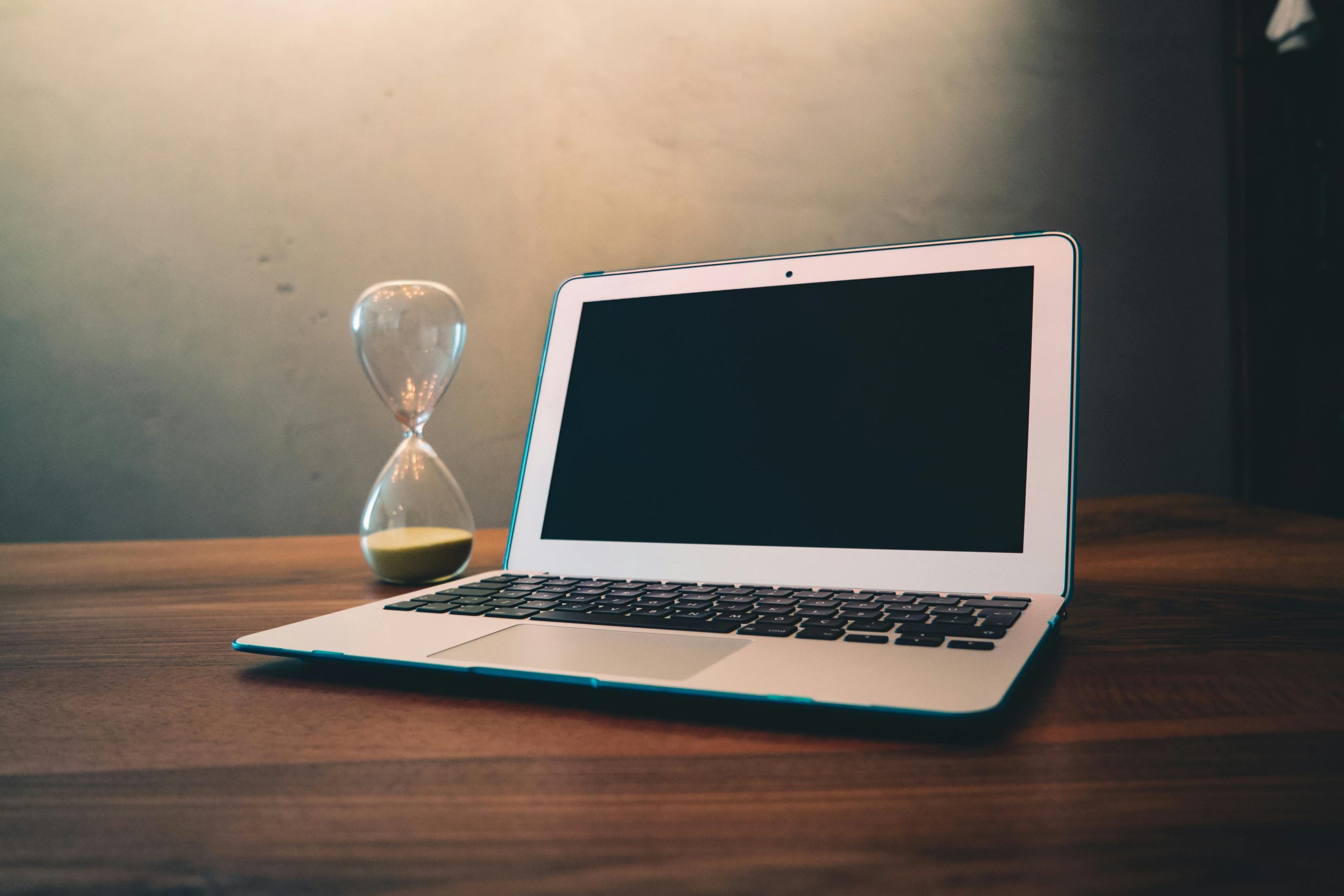In today’s digital age, screens dominate our daily lives. From smartphones and laptops to televisions and tablets, technology has become an integral part of how we work, communicate, and entertain ourselves. While these devices offer undeniable benefits, excessive screen time can lead to physical and mental health issues, including eye strain, poor sleep, and reduced social interactions. Striking a balance between screen time and real-life activities is essential for maintaining a healthier, more fulfilling lifestyle. Here are some effective strategies to help you achieve that balance.
Set Clear Boundaries for Screen Use
One of the most effective ways to balance screen time is by setting clear boundaries. Without limits, it’s easy to lose track of time and spend hours scrolling through social media or binge-watching shows. Here’s how you can establish healthy boundaries:
- Designate Screen-Free Zones: Keep certain areas of your home, like the dining room or bedroom, free from screens to encourage face-to-face interactions and better sleep.
- Schedule Screen Time: Allocate specific times for checking emails, social media, or entertainment, and stick to these slots to avoid overuse.
- Use App Limits: Many devices offer built-in features to monitor and restrict screen time. Set daily limits for apps that tend to consume most of your time.
By creating these boundaries, you’ll regain control over your screen habits and make room for more meaningful offline activities.
Prioritize Real-Life Connections
While digital communication is convenient, nothing replaces the value of in-person interactions. Strengthening real-life connections can improve mental well-being and reduce dependency on screens. Consider these tips:
- Plan Regular Social Activities: Schedule meetups with friends or family, whether it’s a coffee date, a walk in the park, or a game night.
- Engage in Group Hobbies: Join a club, sports team, or volunteer group to foster relationships while pursuing shared interests.
- Practice Active Listening: When spending time with others, put your phone away and focus on the conversation to deepen connections.
Investing time in offline relationships can enhance your emotional health and create lasting memories beyond the digital world.
Incorporate Physical Activity
Excessive screen time often leads to a sedentary lifestyle, which can negatively impact physical health. Incorporating regular movement into your routine can counteract these effects and improve overall well-being. Try these strategies:
- Take Frequent Breaks: Follow the 20-20-20 rule—every 20 minutes, look at something 20 feet away for 20 seconds to reduce eye strain. Stand up and stretch during breaks.
- Exercise Daily: Whether it’s a gym session, yoga, or a brisk walk, aim for at least 30 minutes of physical activity each day.
- Combine Screen Time with Movement: If you enjoy watching shows, try doing light exercises like stretching or using a stationary bike while viewing.
Staying active not only offsets the downsides of prolonged screen use but also boosts energy levels and mental clarity.
Engage in Screen-Free Hobbies
Replacing screen time with fulfilling offline hobbies can enrich your life and reduce digital dependency. Here are some ideas to explore:
- Creative Pursuits: Painting, writing, knitting, or playing a musical instrument can provide a sense of accomplishment and relaxation.
- Outdoor Activities: Gardening, hiking, or cycling allows you to connect with nature and unwind from digital stressors.
- Mindfulness Practices: Meditation, journaling, or reading a physical book can help you stay present and reduce screen-related anxiety.
By dedicating time to hobbies that don’t involve screens, you’ll cultivate a more balanced and satisfying lifestyle.
Practice Mindful Screen Use
Not all screen time is harmful—when used intentionally, technology can enhance productivity and learning. The key is to be mindful of how and why you’re using screens. Follow these guidelines:
- Evaluate Your Usage: Periodically review your screen time reports to identify patterns and make adjustments.
- Focus on Quality Content: Prioritize educational or skill-building apps over mindless scrolling.
- Turn Off Notifications: Minimize distractions by disabling non-essential alerts to stay focused on real-life tasks.
Mindful screen use ensures that technology serves you, rather than the other way around.
Balancing screen time and real-life activities is a continuous process that requires awareness and effort. By setting boundaries, nurturing offline relationships, staying active, pursuing hobbies, and practicing mindful screen use, you can create a healthier, more harmonious lifestyle. Start small, stay consistent, and enjoy the benefits of a well-rounded life where technology enhances—rather than dominates—your daily experiences.
